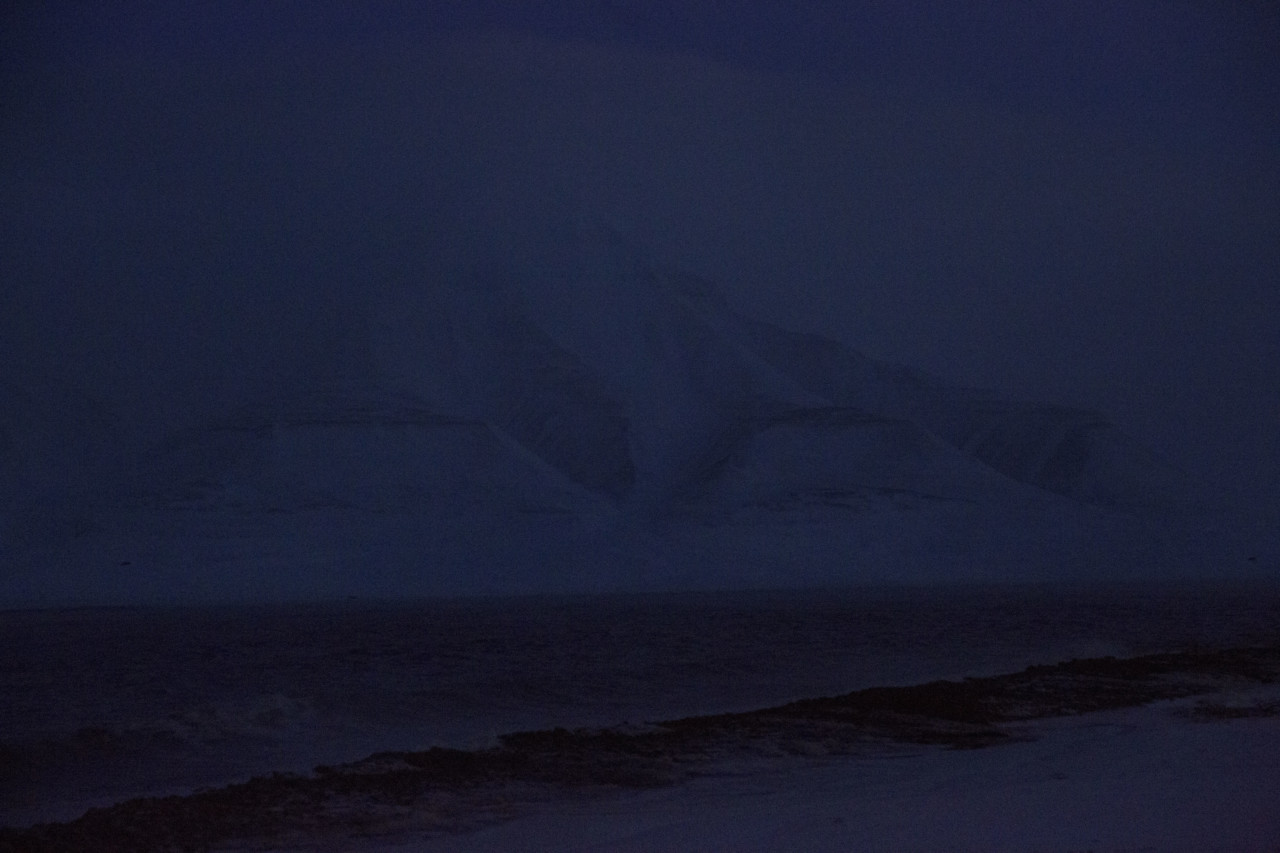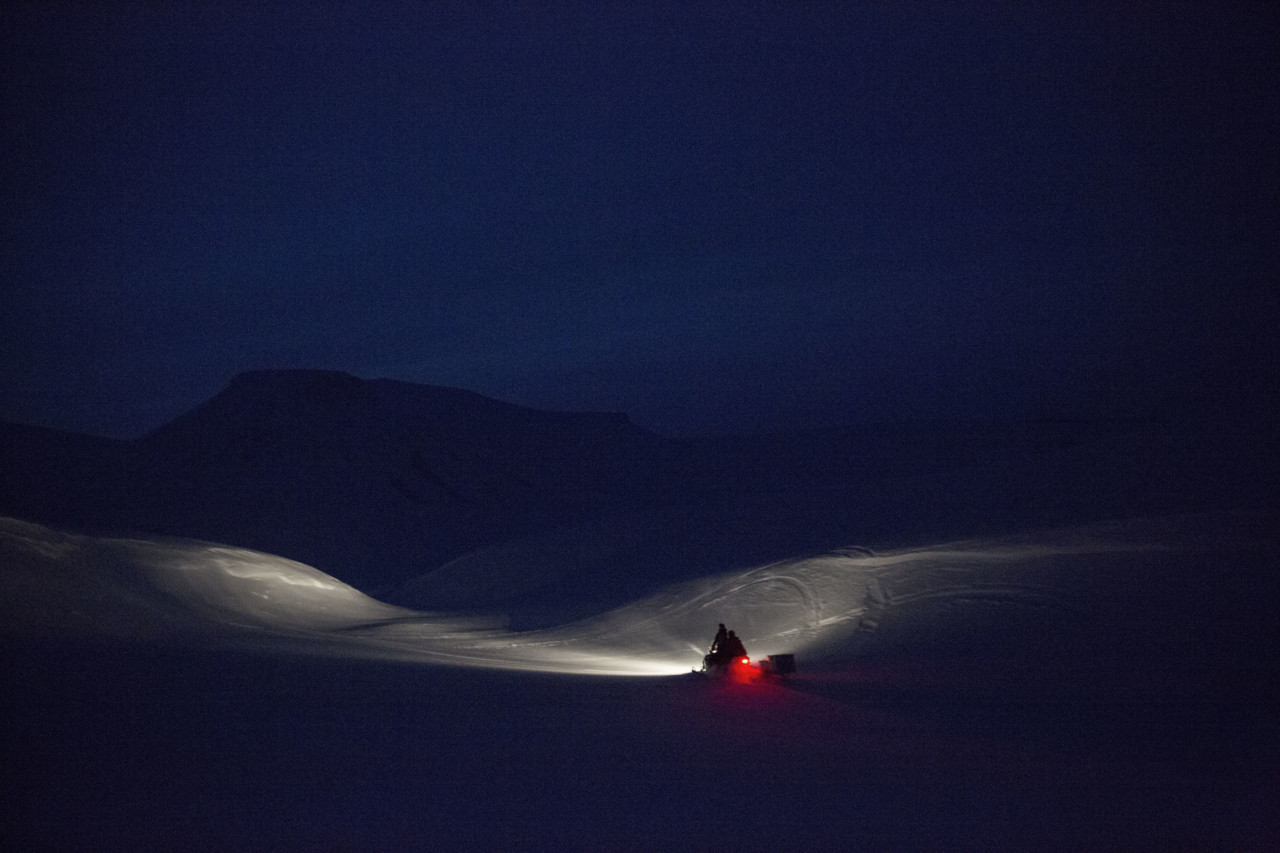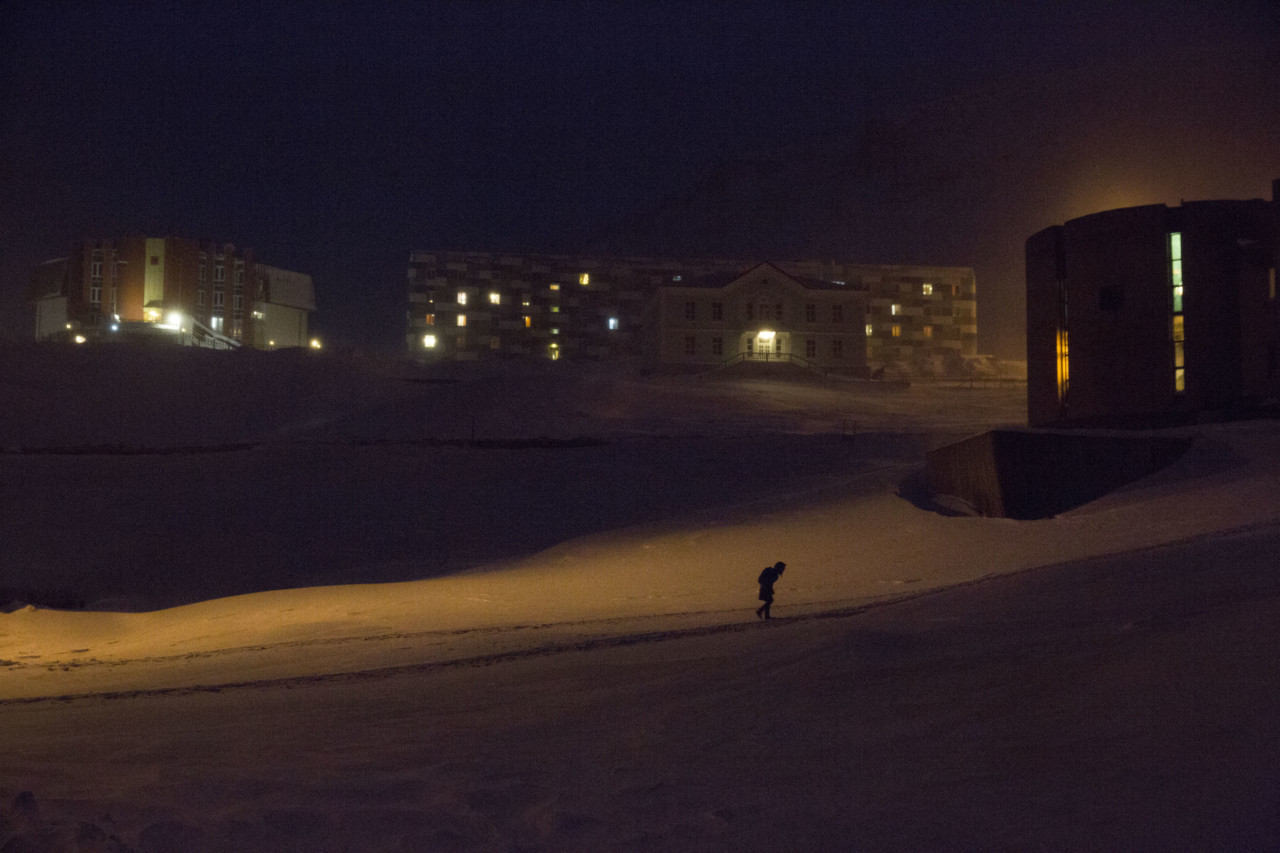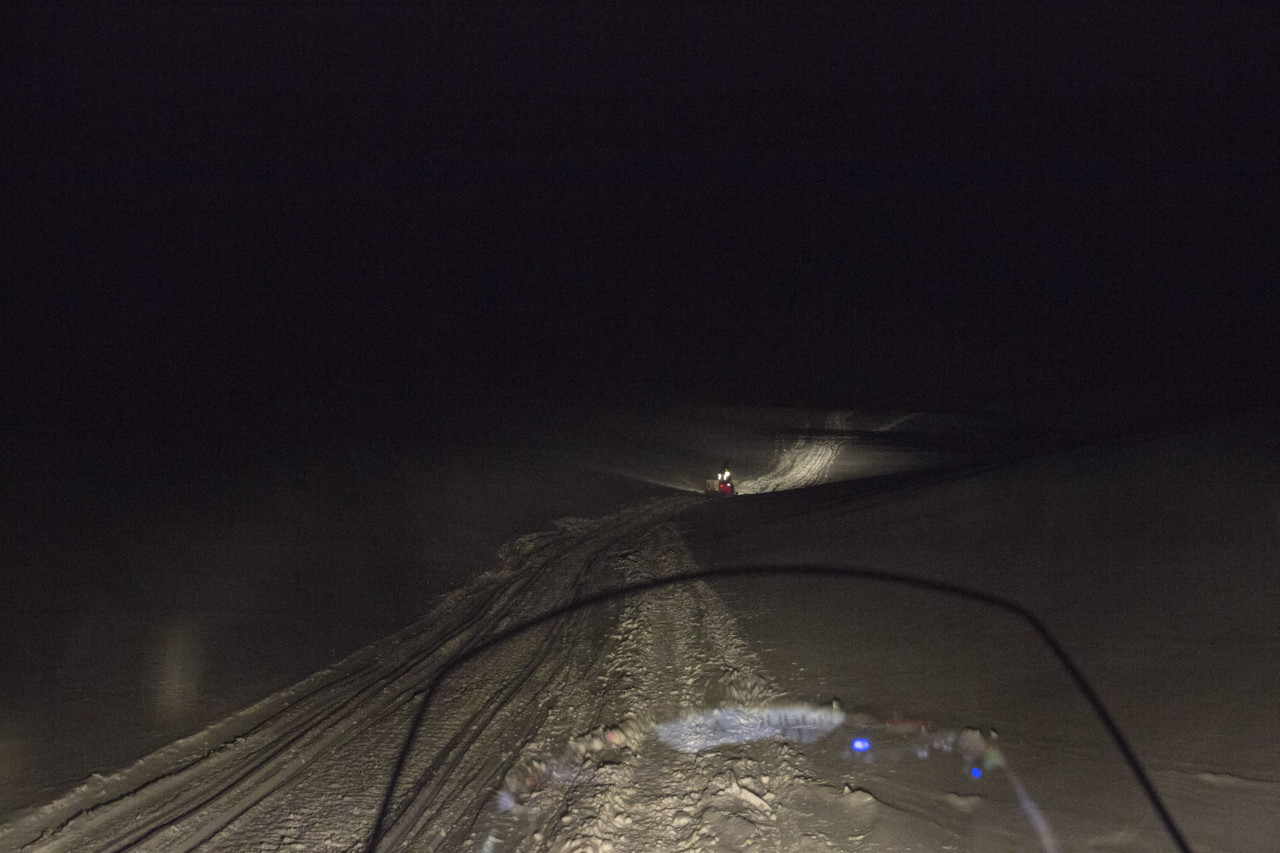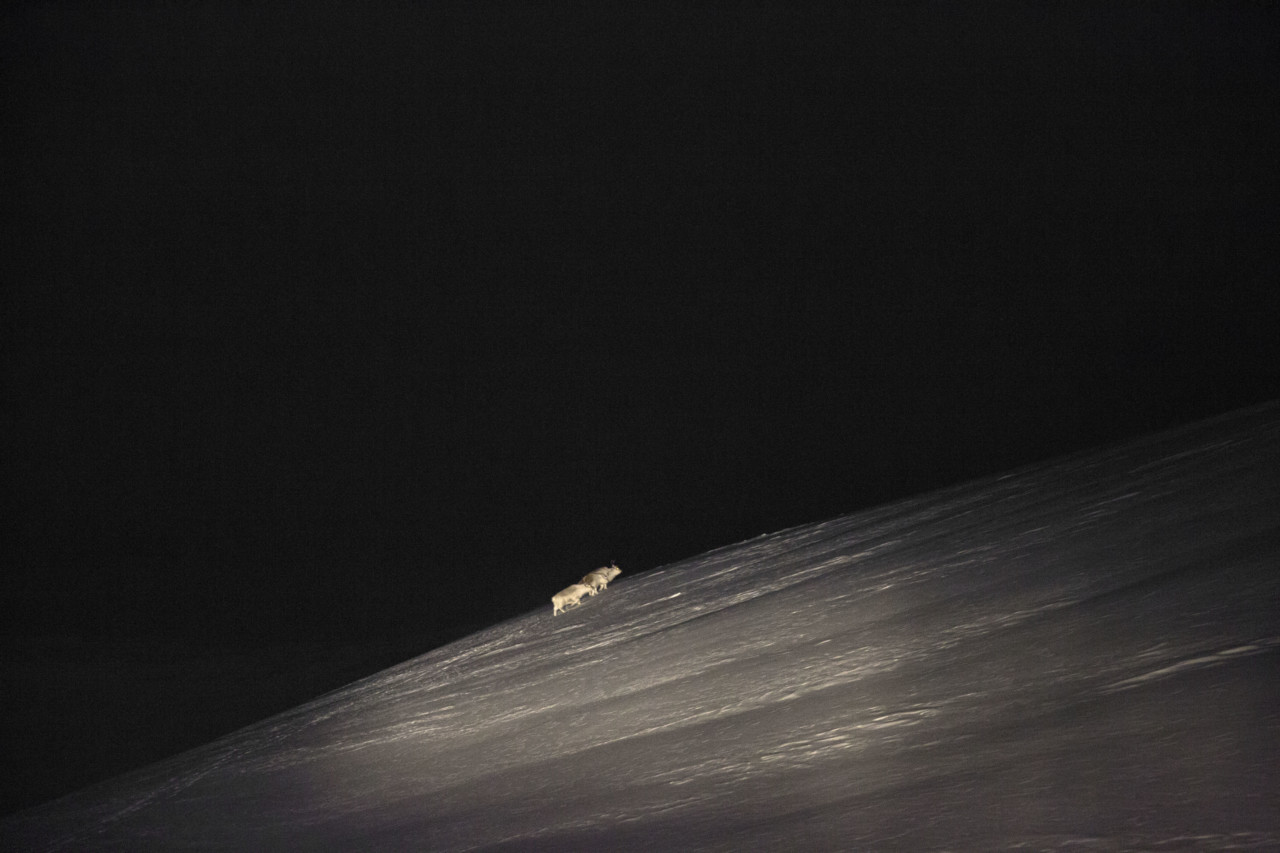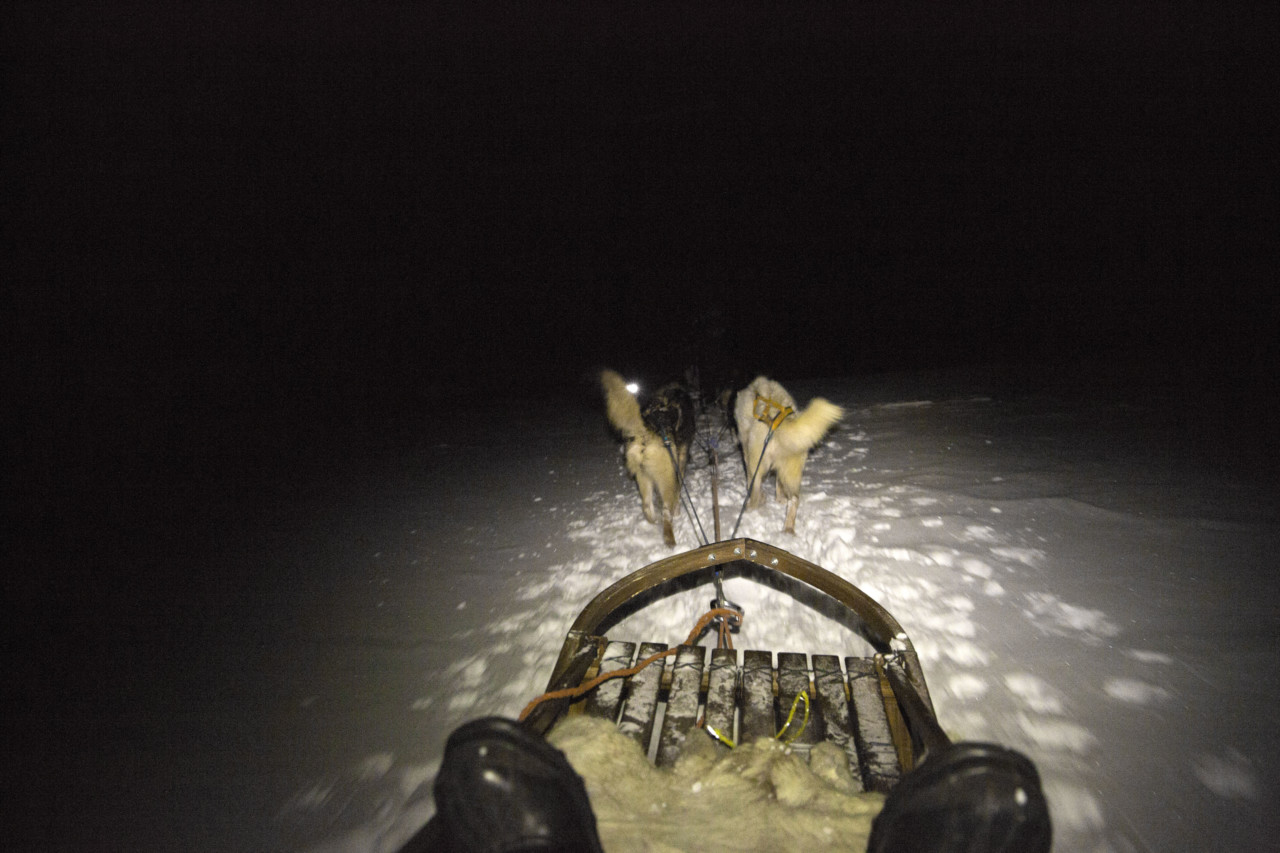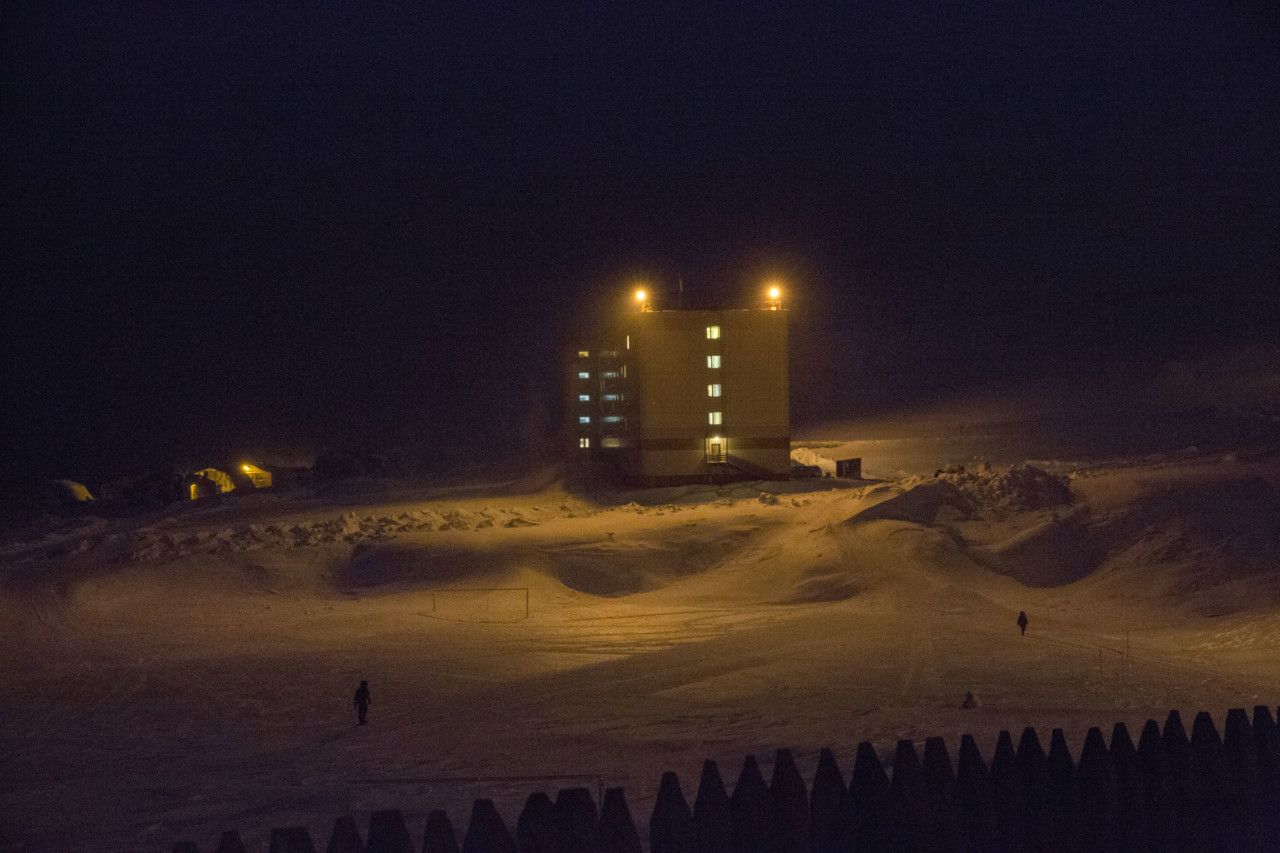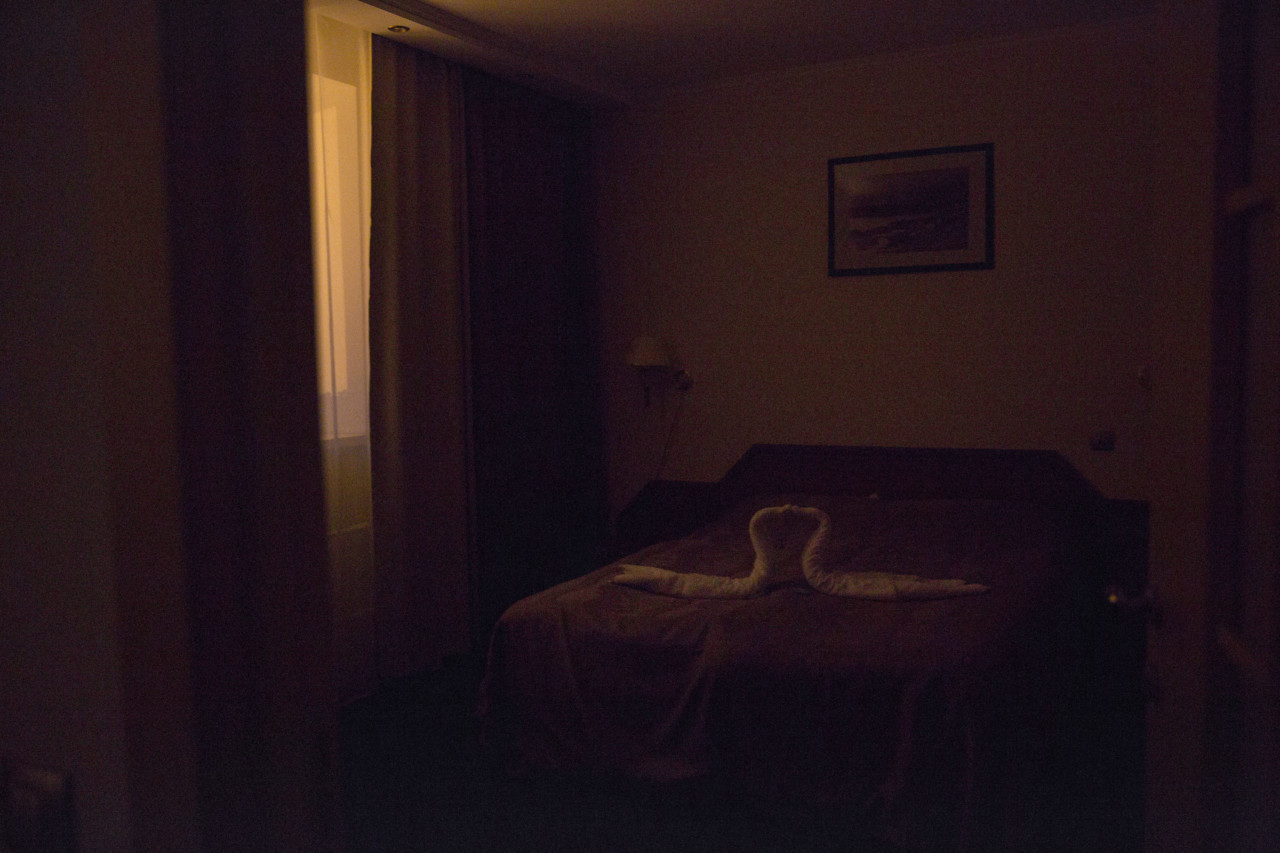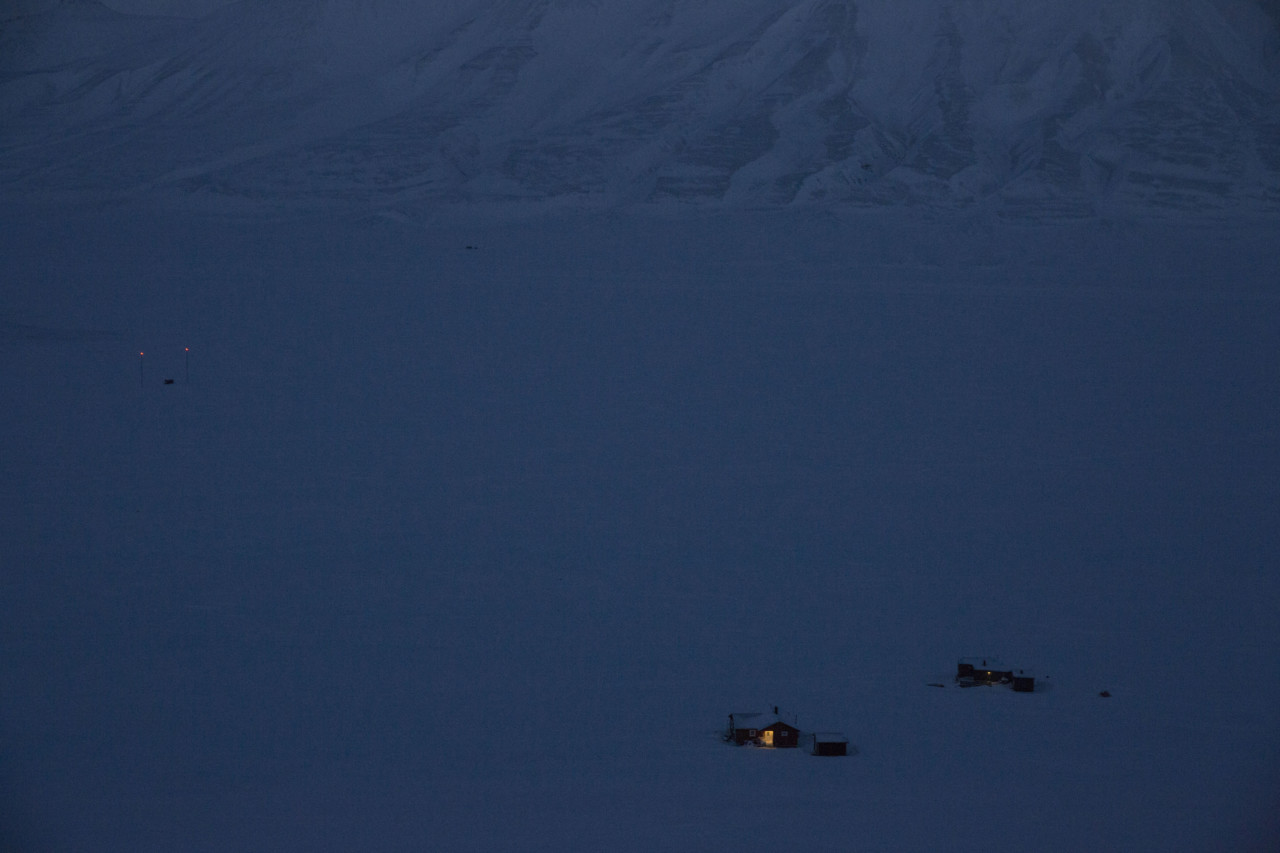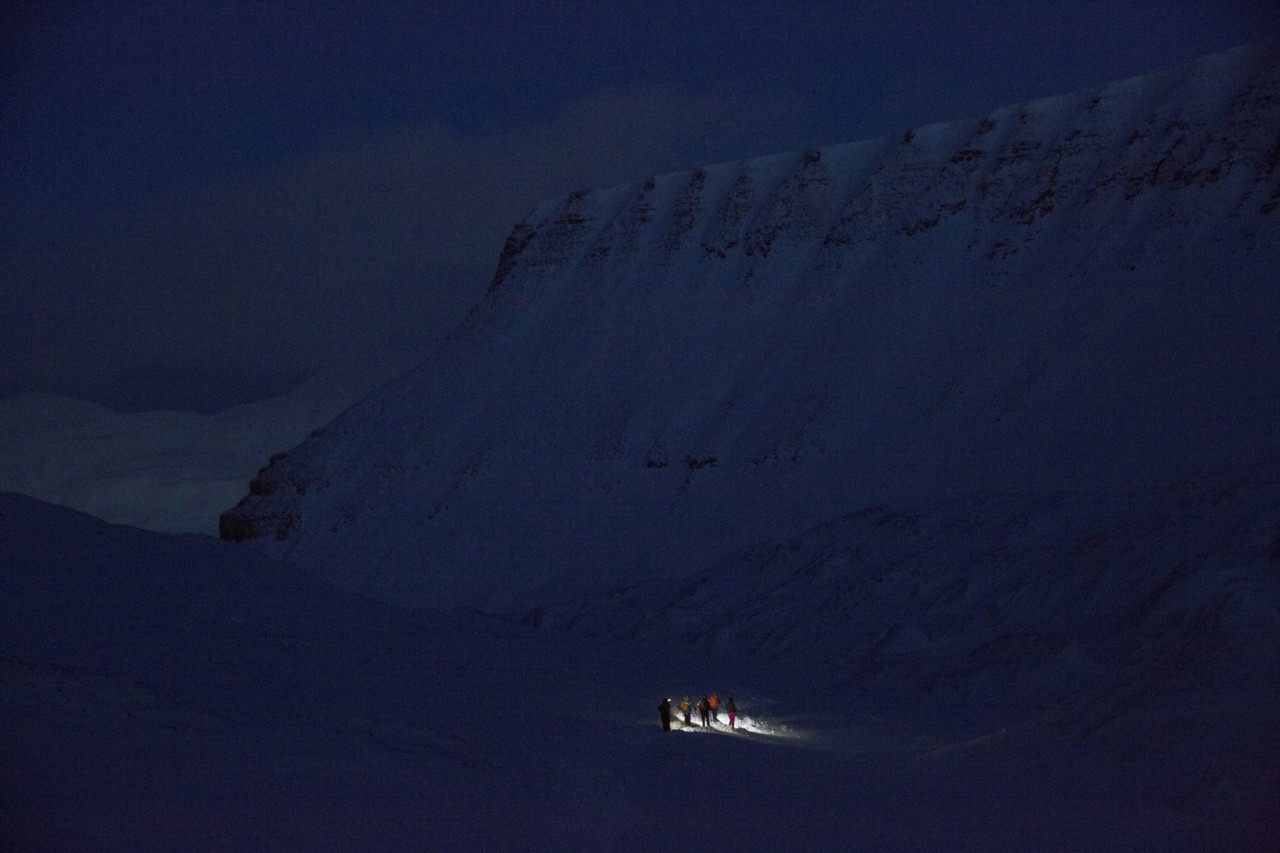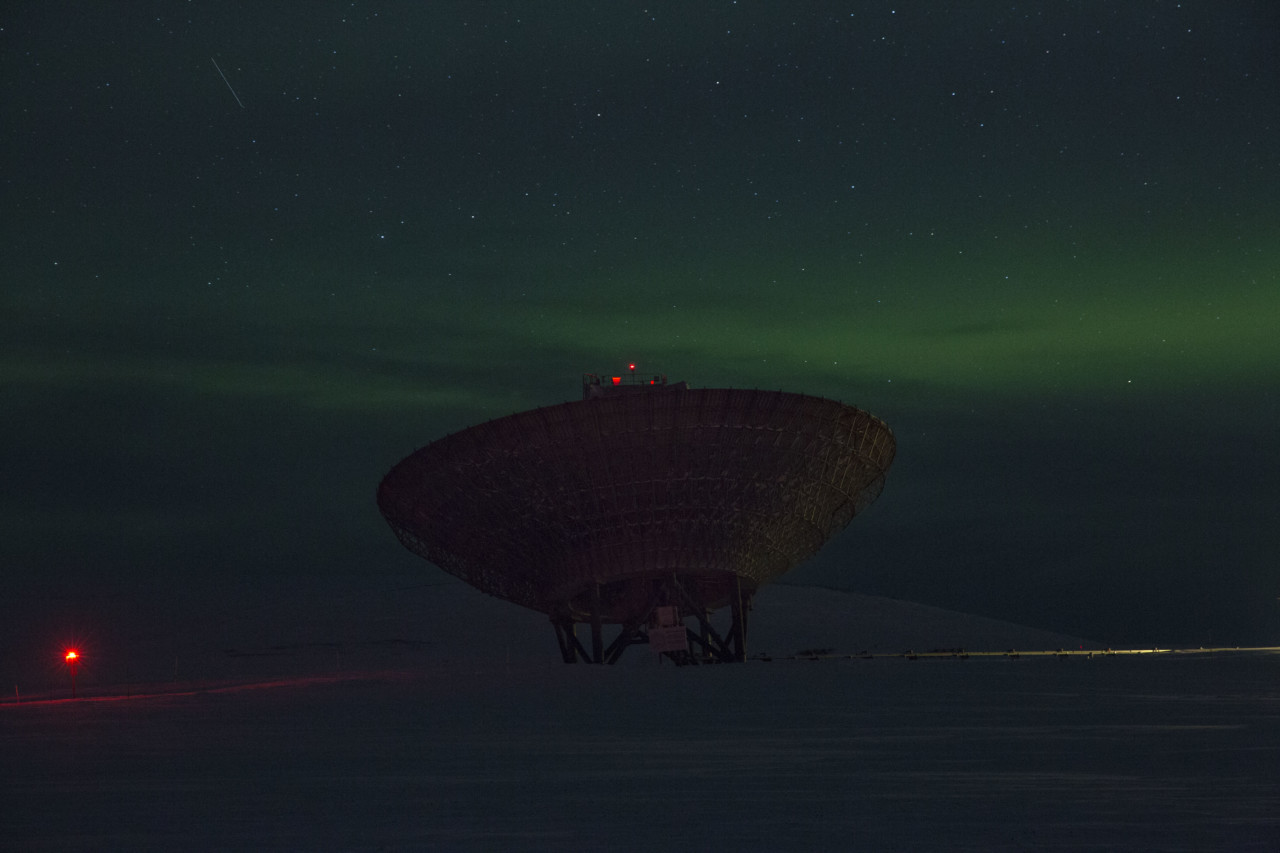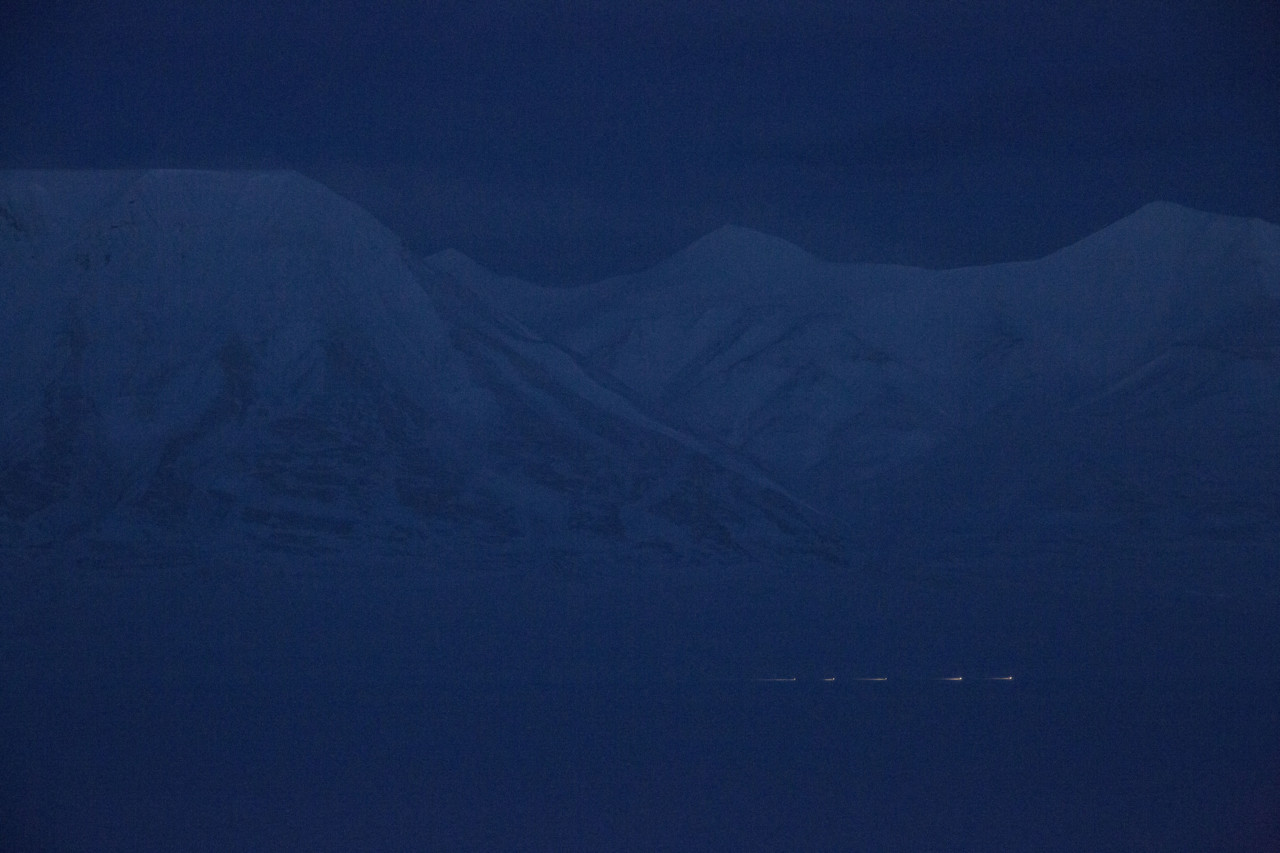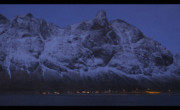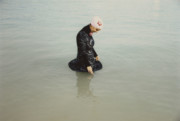A Visit to Spitsbergen
Bieke Depoorter explores the lure of the largest island of the Svalbard archipelago in northern Norway
In January 2017, Bieke Depoorter travelled to Spitsbergen to experience the largest and only permanently populated island of the Svalbard archipelago in northern Norway, where the sun doesn’t rise for six months of the year.
Situated north of mainland Europe, Svalbard is about midway between continental Norway and the North Pole. Svalbard is the northernmost settlement in the world with a permanent civilian population, that is not just researchers. The islands were first used as a whaling base in the 17th and 18th centuries, after which they were abandoned. Coal mining started at the beginning of the 20th century, and several permanent communities were established.
Longyearbyen is the administrative center of Spitsbergen. From 1906 to the early 1970s the mining industry flourished, but then the coal prices plunged. One mine is still open, but only 100 men are working there. After the airport was built, Svalbard was no longer cut off from the outside world in winter. Apartments and houses were built for the families of the miners who relocated to the island. In ten years, the population doubled and the mining town of Longyearbyen became a real town, with women and children. Everyone is an immigrant: the 2,200 residents of Longyearbyen come from 40 countries. In the early 1990s, the first tourists came to visit and now the town is a destination for adventurers, who sometimes stay for years.
Barentsburg is the second-largest settlement on Svalbard. It is the only remaining Russian settlement, after Pyramiden was abandoned in 1998. This Russian mining town has about 500 inhabitants, almost entirely Russians and Ukrainians. The only way to go to Barentsburg from Longyearbyen in winter is by snowmobile or by boat. There are no roads in between the two settlements.
.


